What To Do In Istanbul In 3 days?
Istanbul is one of those timeless cities that, no matter how many times you visit, can leave you amazed. It is the mystical point of integration between East and West, where every corner of the world has an amazing cultural experience. The first thing that comes to many people’s minds when the word Istanbul is mentioned is the rich culture, beautiful landscapes and architecture, welcoming Turkish hospitality, and magnificent sights. And this is true, Istanbul for sure has a lot to offer to its visitors, With its Ottoman mosques, Turkish Hammams, atmospheric bazaars, and countless teahouses and food shops. One short trip to Istanbul is not enough time to discover what the city has to offer but it gives enough time to get a thorough rundown of the city if a trip is well planned.
We've listed almost all the must-see attractions and sights in the city for a three-day itinerary to Istanbul. If you spend a weekend in Istanbul, it is also possible to pursue this trip itinerary. This itinerary is meant to include a glimpse of the town as a whole.
Enjoy Istanbul Within 3 days
In order to make the most of the time when traveling through Istanbul, we divided the trip course according to the positions of the sights and attractions. feel free to pick your own pace for the destinations. The quicker you begin your day, the longer you'll get to see the attractions. A selection of the best activities to do (or eat) in Istanbul over the span of three days has been compiled below:
DAY 1 IN ISTANBUL
Blue Mosque
The famous Blue Mosque (Sultan Ahmet Camii), one of Istanbul's main tourist attractions. It is one of the most beautiful buildings in Istanbul owing to its six slender minarets, hulking mass, and prominent location on the Istanbul skyline.
Its history comes from the 16th century when the sultan intended to create a monument that would equal and even overshadow the adjacent Hagia Sophia. Mehmet Aga, the imperial architect for Sultan Ahmet the first, designed and built the Blue Mosque between 1609 and 1616. Because of its proximity to Topkapı Palace, the Blue Mosque quickly became Istanbul's principal imperial mosque.
Basilica Cistern
Istanbul Basilica Cistern is one of the tourist attractions in the city of Istanbul, Turkey. It's a wonderful display of Byzantine engineering and is arguably the city's most unique draw. The cistern's architecture and the cavernous interior offer a soothing feeling of wonder and hospitality throughout the summer months.
Basilica Cistern was first designed by Emperor Constantine in the early 4th century AD and was later expanded by Emperor Justinian in the 6th century AD using several marble columns reclaimed from temples across the Bosphorus. Attended to the water needs of the Great Palace, this cistern was able to hold up to 80,000 cubic meters of water, because of 20 kilometers of aqueducts from rivers across the Black Sea. Its underground water supply was shut off after the Byzantine emperors abandoned the region and later used by the Ottomans as a sort of junkyard.
Hagia Sophia (Aya Sophia)
As an attraction, none of the major attractions in Istanbul will equal the glory, tradition, and religious importance of the famed Aya Sofya (Hagia Sophia - Church of Holy Wisdom), owing to the perfection of its architectural nature and the fabled history of its founding. Established over two older churches, the vast church was inaugurated in 537 by Emperor Justinian.
Hagia Sophia (also, the name of the church in Istanbul) was founded with the intention of surpassing any other building ever designed in terms of its grandeur and majesty. The Hagia Sophia was converted into a mosque by the Ottomans in 1453 during the conquest of Constantinople. The building continued to be used as a worship space until 1935, then it was turned into a museum.
Istanbul Archaeological Museums
If you like history, then you can definitely find time to go to the area of Istanbul that houses the archaeological museum. The building consists of three separate museums: the Museum of Archaeology (Arkeoloji Müzesi), the Museum of the Ancient Orient (Eski Şark Eserleri Müzesi) and the Museum of Tiled Kiosks (Çinili Köşk Müzesi). It includes a vast array of ancient artifacts from the classical world and the preclassical period. A tour of those museums is definitely worth the visit.
Day 2 In Istanbul
Topkapi Palace
The magnificent Topkapi Palace is the former residence and seat of government of the Ottoman sultans, it was established shortly after the Ottoman conquest of Istanbul by Fatih Sultan Mehmet, it was expanded to every subsequent Sultan until it became the way it is. This place contains Mosques, kitchens, libraries and schools, stables, treasuries, barracks, armories, the imperial mint, governmental offices, and audience halls. It contained nearly 4,000 people who lived in it during its heyday. By the year 1909, the whole building had been abandoned and from that point, it was turned into a museum.
Grand Bazaar (Kapalı Çarşı)
One of the most enjoyable activities that you can do to enjoy your trip to Istanbul is visiting the Grand Bazaar (Kapalı Çarşı). The Grand Bazaar is the biggest market in Turkey, and by several measurements, it is the largest covered market in the world. It includes more than 4,000 shops selling jewels, oil lamps, carpets, leather products, hookah, pottery, and so many things more. On top of this, the Grand Bazaar is home to numerous small stores, cafés, inns, pubs, fountains, a mosque, and a post office, all clustered next to each other like a more compact grid of 61 narrow streets that reach 8 kilometers in length.
Süleymaniye Mosque
If there is one mosque that must be seen when visiting Istanbul, it is the most significant mosque in Istanbul, the majestic Süleymaniye Mosque (Süleymaniye Camii). The mosque was designed by the greatest architect of the Ottoman Empire, Sinan, in 1550–57 for Sultan Süleyman I, "the Magnificent," and is one of his finest works. The mosque is a perfect indication of the architectural achievement of the Ottoman Empire in the 16th century. The wonderful courtyard of the Süleymaniye Mosque is enclosed by a colonnade of pink Egyptian columns, Marmara, and porphyry.
Church of St. Saviour in Chora (Kariye Müzesi)
The church of St Saviour in Chora is one of the most important stops on one's sightseeing list in Istanbul. This cathedral boasts one of the best examples of Byzantine mosaics and frescoes for worldwide admiration. The church dates back to the 11th century. Then, at the beginning of the 14th century, the church was restored and adorned by Theodore Metochites. In the 16th century, the church was turned into a mosque by the Ottomans and was transformed in 1948 into a museum.
Day 3 In ISTANBUL
Dolmabahce Palace (Dolmabahçe Sarayı)
The Dolmabahce Palace is the biggest and most sumptuous of the Bosphorus palaces, with a spectacular seaside frontage of 600 meters. The lavish opulence of the building was established in 1856. Around 14 tons of gold and 6 tons of silver were used in the creation of the Palace. The palace consists of 285 rooms, four wide lounges, six galleries, five primary staircases, six steam rooms, and 43 bathrooms. The interior is an absolute marvel, featuring lavish gleaming parquet floors, breathtakingly beautiful Venetian windows, and a spectacular translucent pink alabaster imperial tub.
Galata Tower
The slender Galata Tower (Galata Kulesi) is one of the most identifiable icons on the Golden Horn and also one of the main attractions in Istanbul. The tower was designed by the Genoese, a trade ally of the Byzantine Dynasty, and was one of the several towers the Byzantines built along the Golden Horn to protect against its enemies.
Over the years it has been responsible for a variety of tasks, including a fortress, a fire monitoring tower, and even a springboard for the early explorers. The observation gallery at the top provides views of Old Istanbul in both directions, whereas the Golden Horn can be seen from the top of it as far as the eye can reach.
Istiklal Street (İstiklal Caddesi)
İstiklal Caddesi (formerly known as the Grande Rue de Pera) is the main street in the Beyoğlu neighborhood of Istanbul. One of the best things to do when sightseeing in Istanbul is to take a walk down the path of this magnificent street. The Istiklal Street is the main pedestrian thoroughfare of Istanbul. It is a very crowded street throughout the day but is far more lively when the night starts.
When walking in Istiklal street you will find so many stores, pubs, cafés, restaurants, and clubs and you can easily see in the middle of the street the famous old red tram moving along the street.
We hope this guide has helped you to plan your Istanbul itinerary! Have you visited Istanbul? Are there any other historical spots you would add to this list of things to see and do in Istanbul?





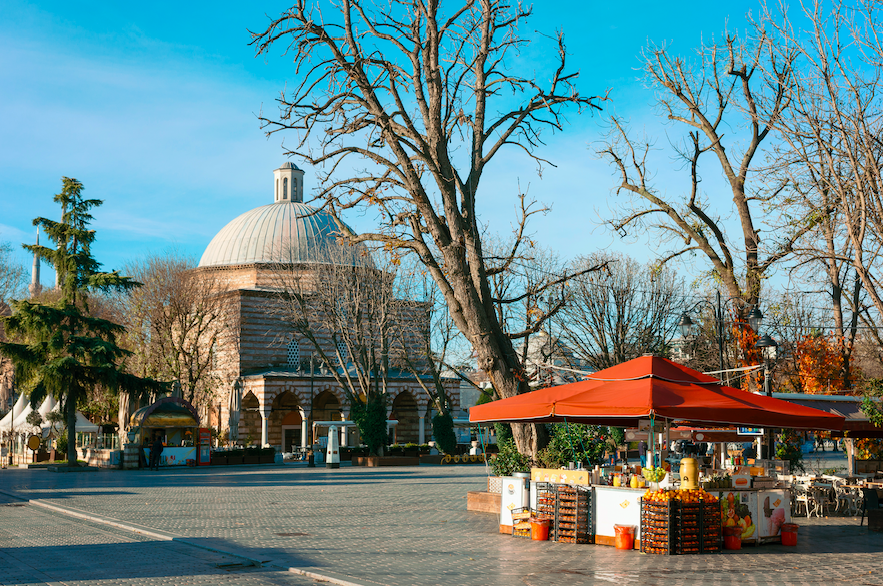
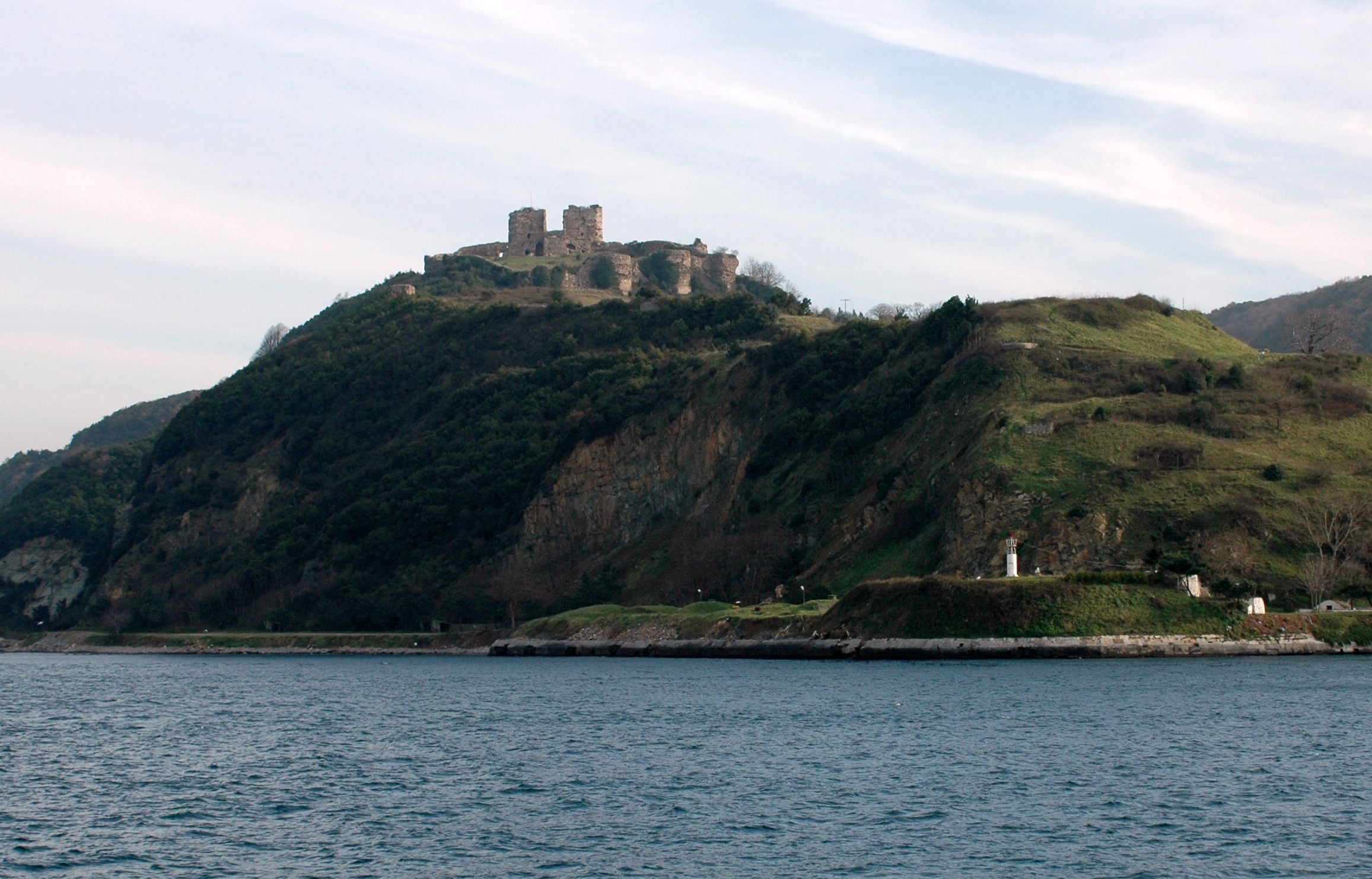
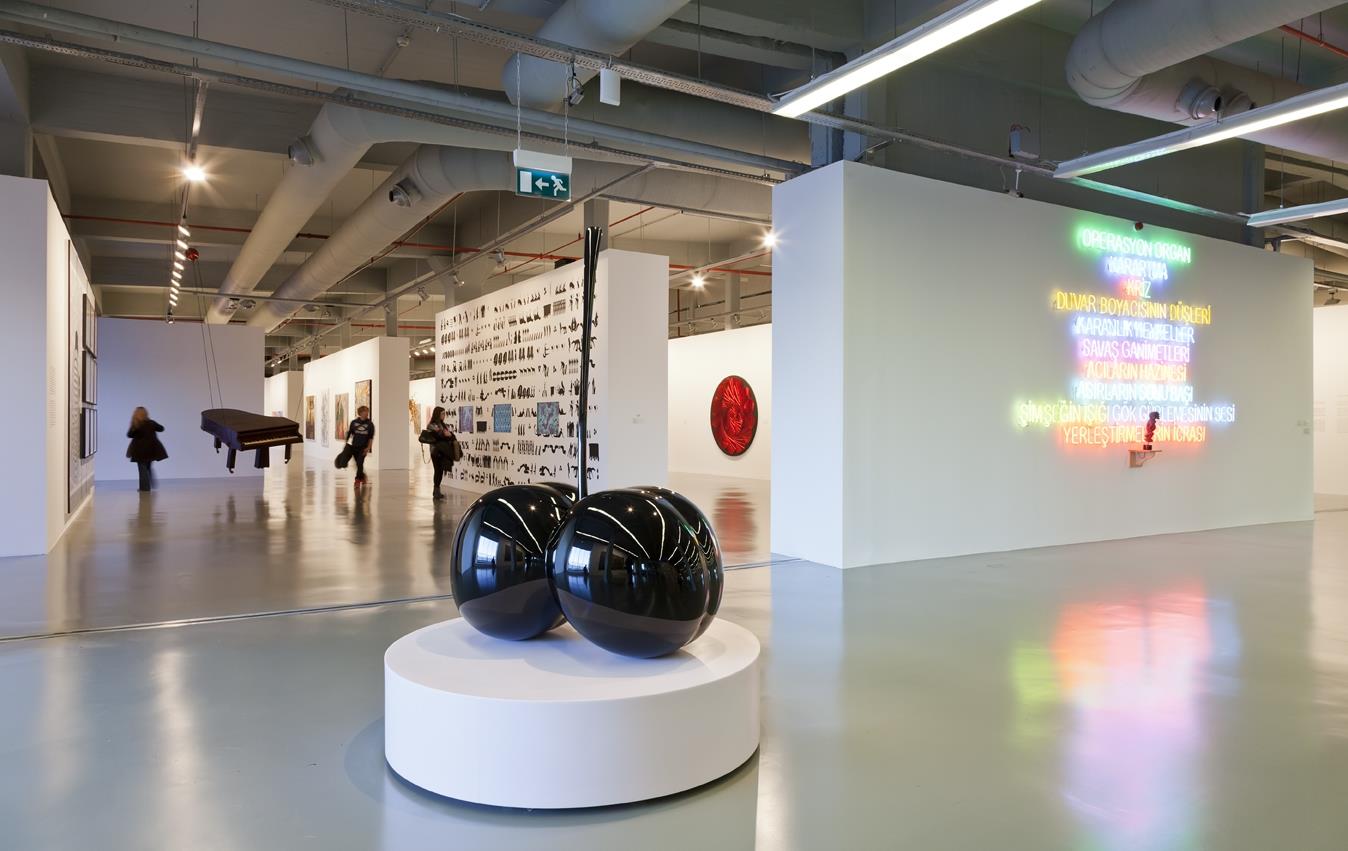
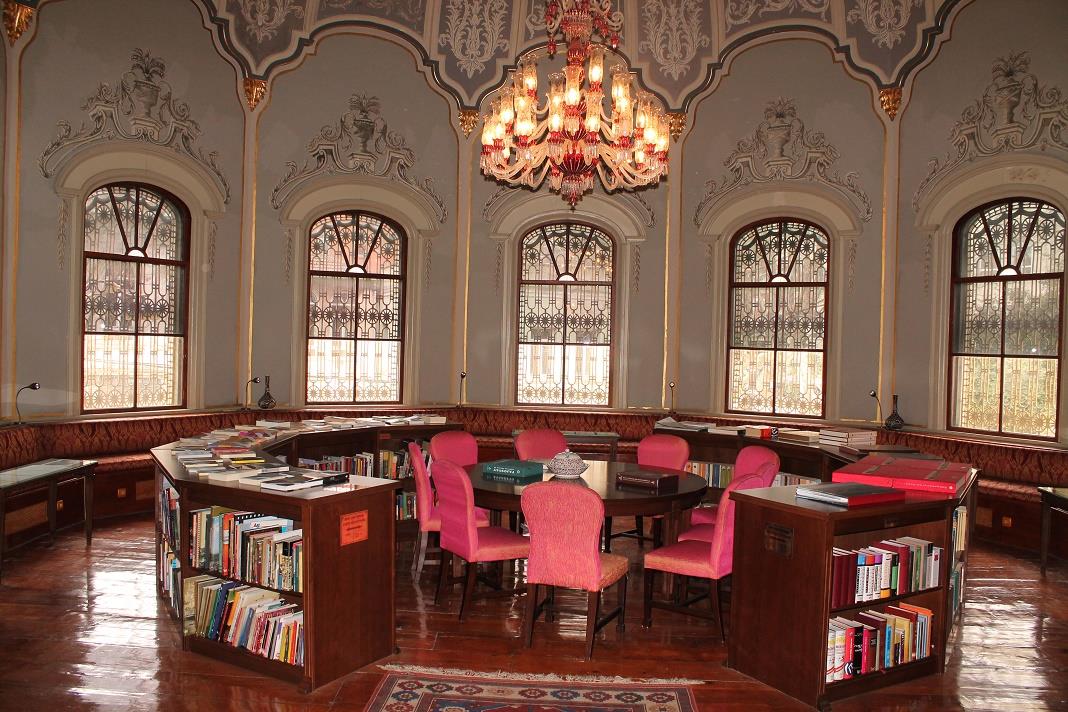


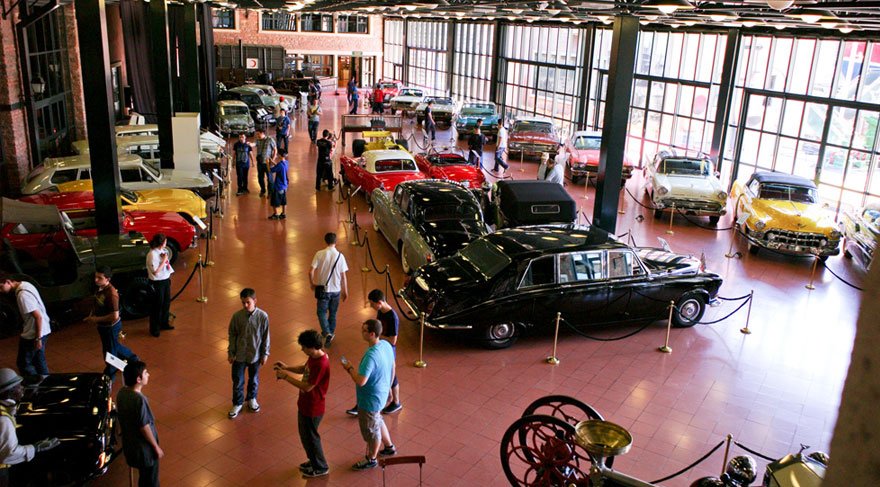



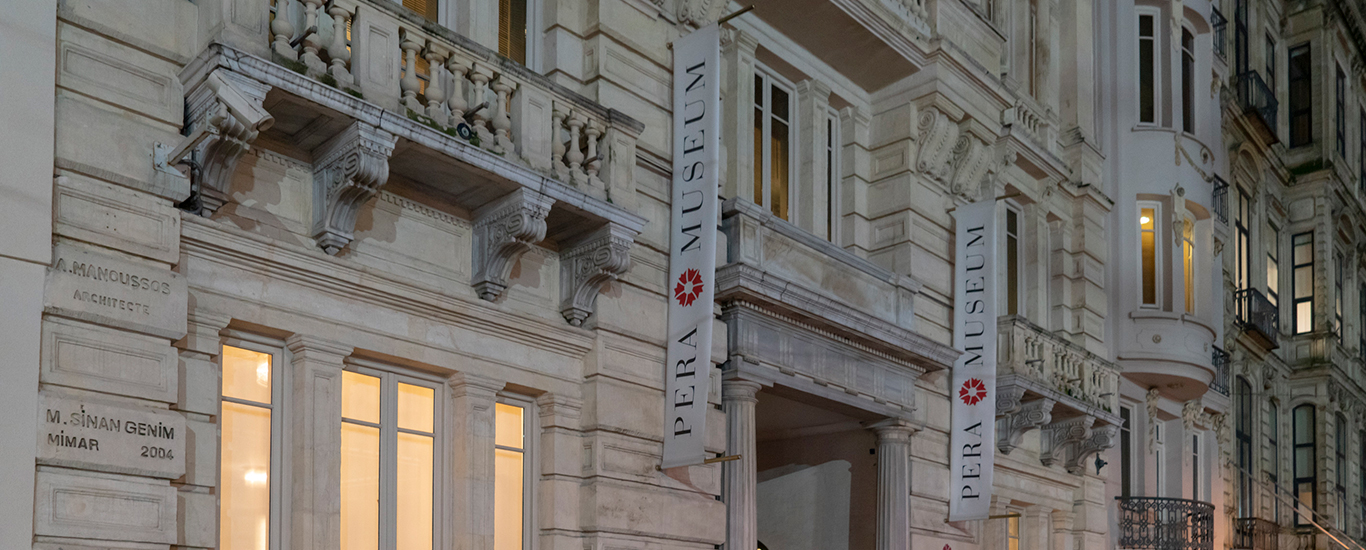

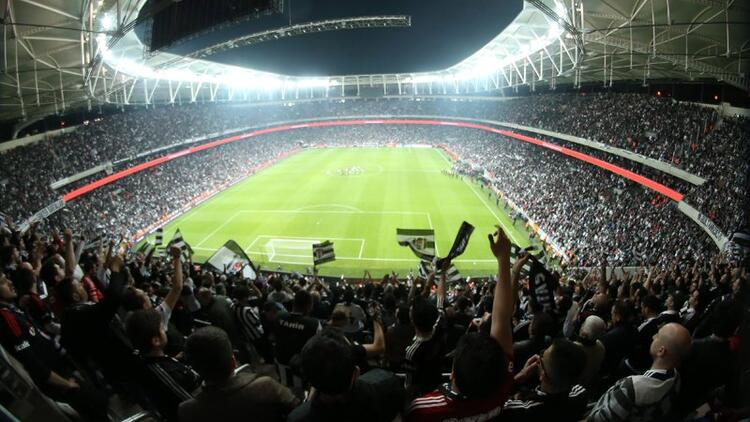
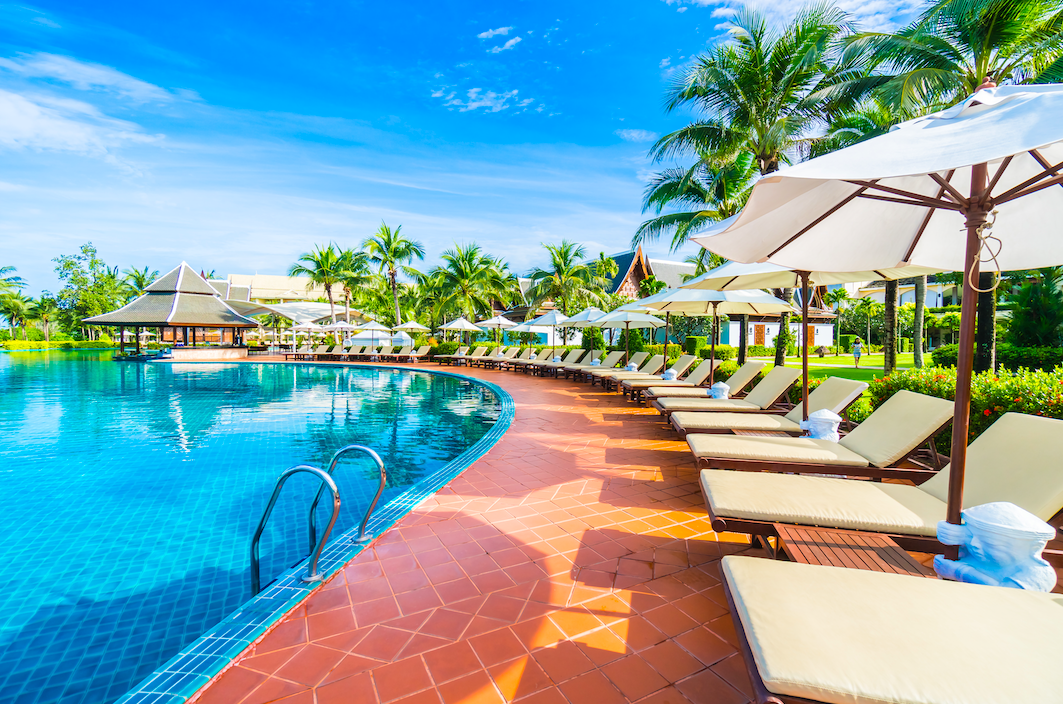
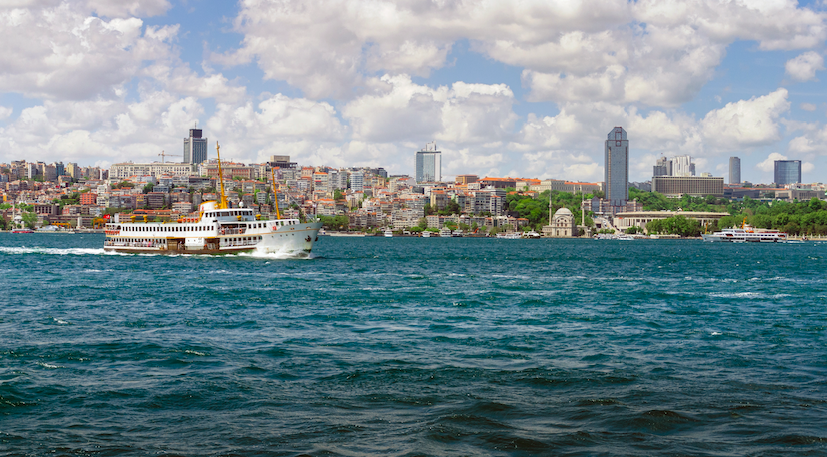


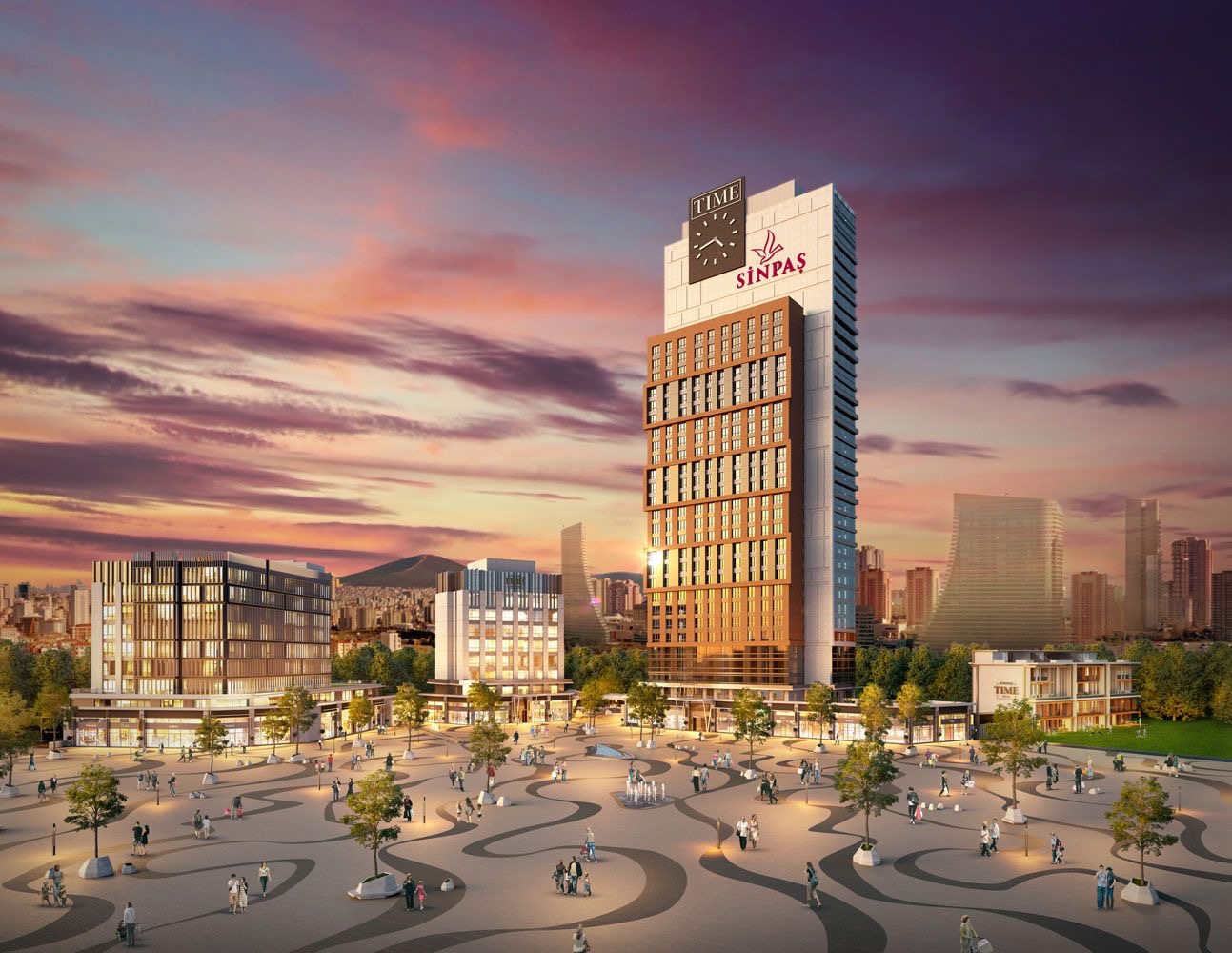

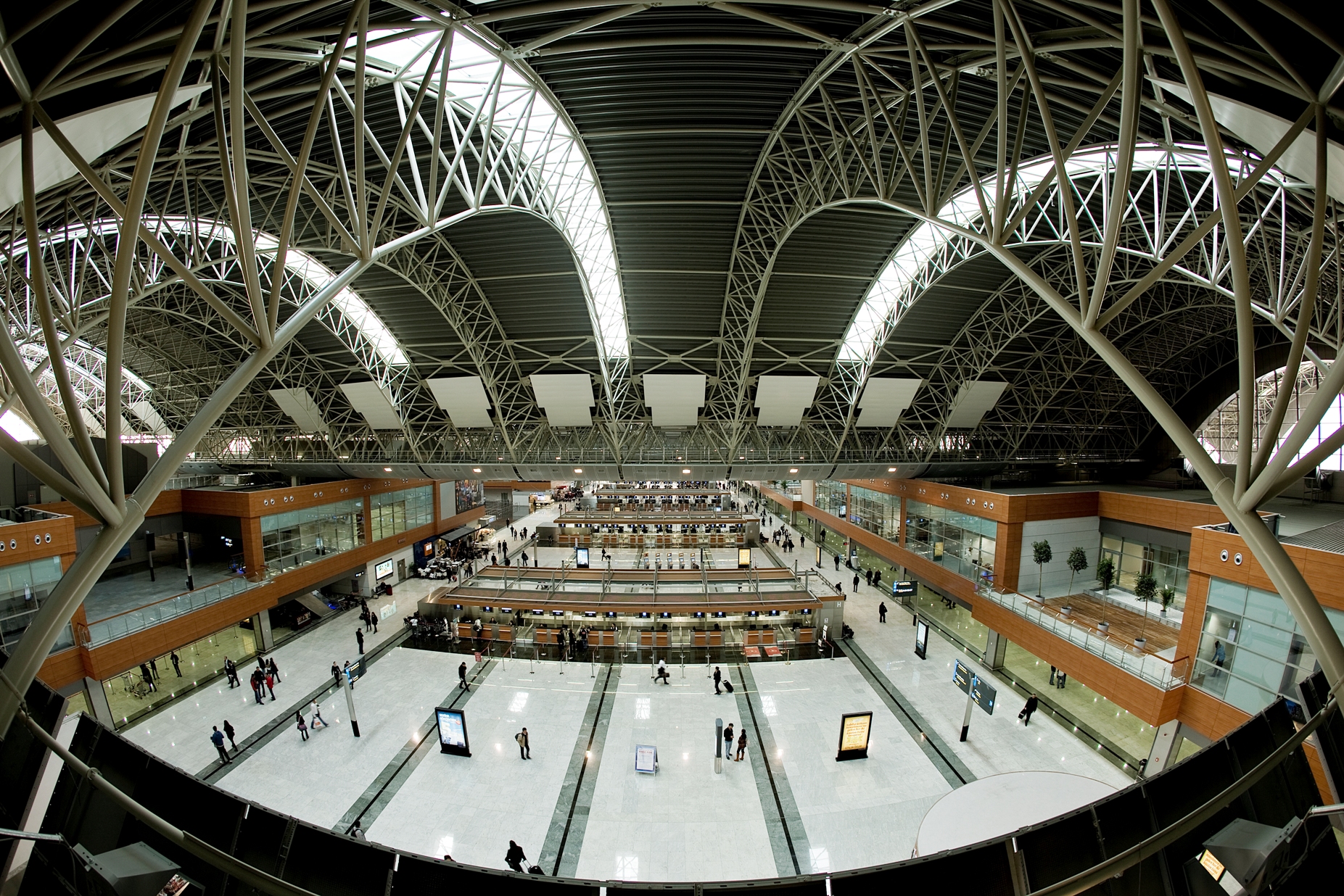

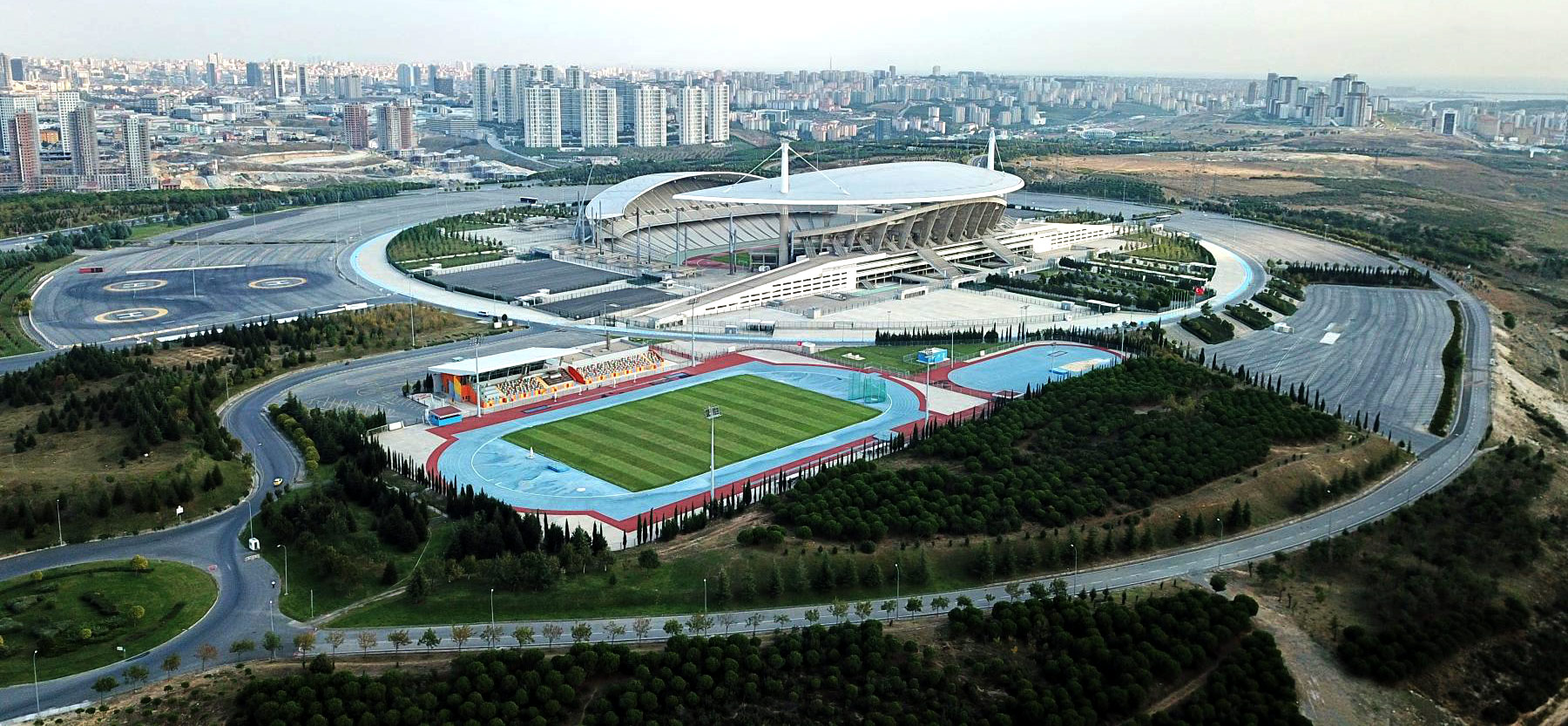
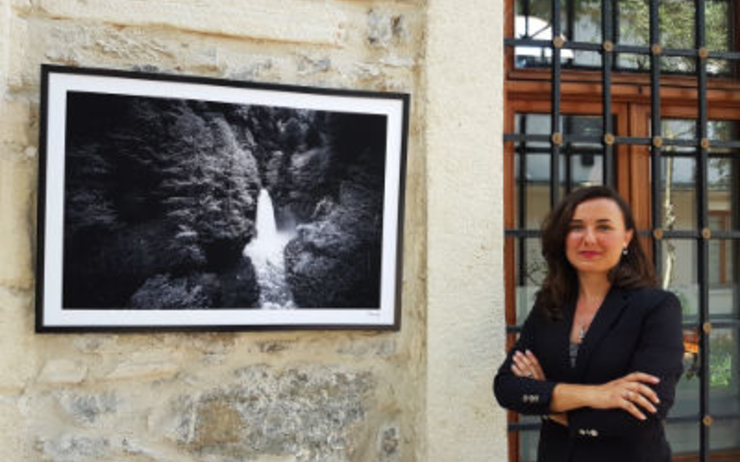
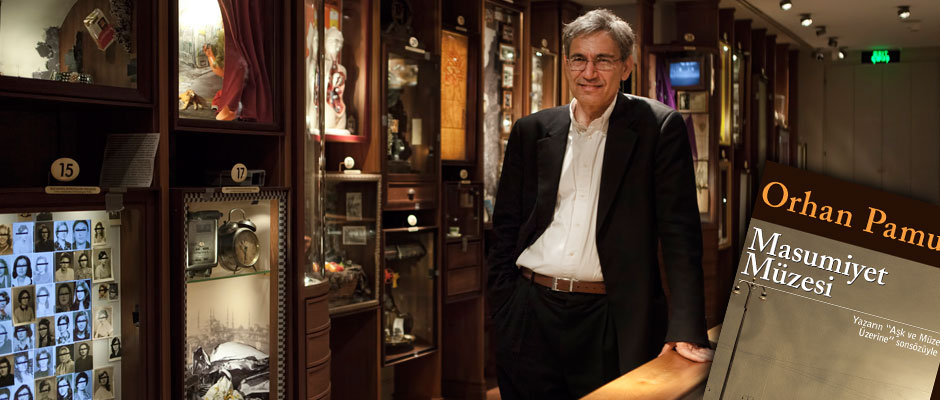


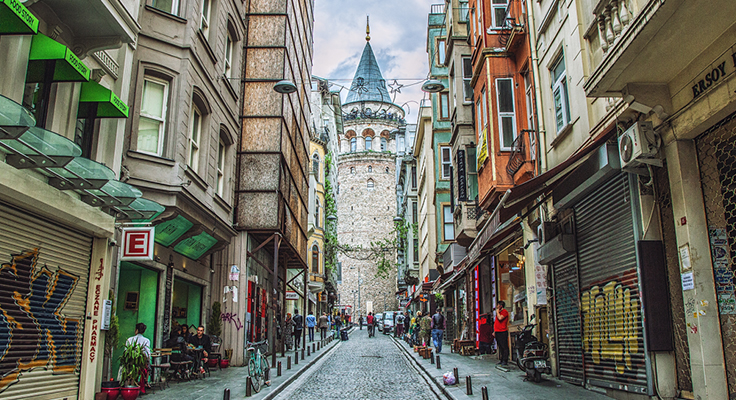
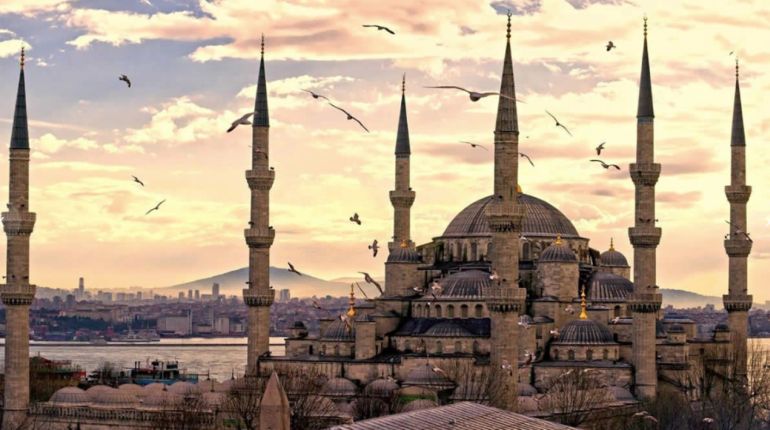
More posts by Etiya Res